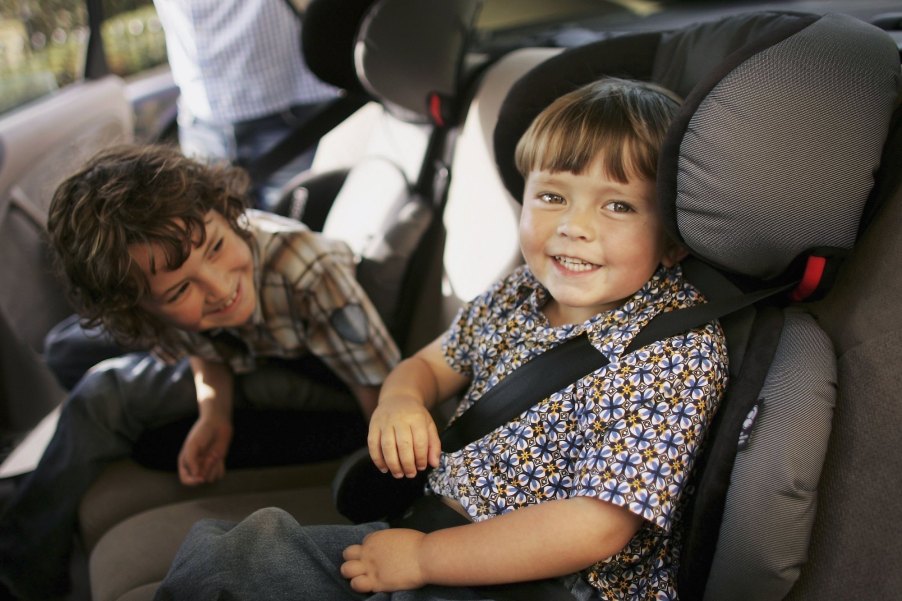
The Best Car Seats for Toddlers and Little Kids
Parents have many safety concerns, and a major one is car safety. After all, auto accidents are among the most common causes of death in children aged 1 to 13. Choosing the right car seat for your child is an important step to keep them safe. But the many options available can become overwhelming. Here’s what you need to know to give you the peace of mind that your toddler or preschooler is buckled in securely.
Types of child car seats
According to the National Highway Traffic Safety Administration, the correct type of car seat depends upon your child’s age and size. Each manufacturer’s recommendations can be slightly different, so it’s important to read the information provided with the one you buy. Generally, car seats fall into one of three categories.
Infant car seats. As the name suggests, these are for babies only. They’re designed to be used from birth to 1 year of age or when the child weighs 20 pounds, whichever comes first. They can be a convenient choice, especially as a part of a travel system, which allows you to remove the seat from the base and click it into a stroller.
However, many infants outgrow infant models before their first birthday, so you won’t be able to use them for long.
Convertible car seats. This system can convert from rear-facing to forward-facing. Because it’s designed to fit a child for a longer period, it can safely keep them rear-facing longer. In addition, some convertible seats are all-in-one — meaning after the child outgrows a forward-facing seat, it can become a booster.
Front-facing car seats. These are designed for forward-facing use. Unlike a booster seat, they have a harness instead of a seatbelt to secure the child.
Top convertible and front-facing car seats for toddlers and little kids
You can find car seats in a wide range of styles and prices. According to the Sun Sentinel, here are a few to consider for toddlers.
Convertible
The Graco 4Ever DLX 4-in-1 Convertible Car Seat fits kids from four up to 120 pounds. It can be used as a rear-facing or front-facing seat and then convert to a booster.
Britax Boulevard ClickTight Convertible Car Seat can be adjusted to 14 positions for your child’s comfort. It works as a rear-facing seat for kids up to 40 pounds and front-facing up to 65 pounds.
A pricier option is the Peg Perego Convertible Kinetic. It provides extra safety features, including a countered steel backplate and an anti-rebound bar.
Front-facing
The Chicco MyFit Harness and Booster Seat works for kids from 25 up to 100 pounds. It also works with a seatbelt when your child outgrows the five-point harness.
Evenflo Maestro Sport Highback Harness Car Seat is an affordable option. It’s easy to install and has handy cupholders.
A flexible choice is the Graco Atlas 65 2-in-1 Harness. The headrest adjusts with your growing child. Later, it converts to a highback booster seat.
Car seat regulations
The laws on car seats vary by state (Safe Ride 4 Kids has a handy guide to find your state’s laws), but the American Academy of Pediatrics offers general guidelines regarding their use. According to Healthy Children, they recommend the following:
Rear-facing seats. Infants and toddlers should remain in a rear-facing position for as long as possible — at least until 2 years old and optimally up to 4 years old. As long as their seat can accommodate their height and weight, this is the safest position for them. This is why it’s recommended that parents switch to a convertible seat once their child outgrows an infant seat to keep them rear-facing longer.
Front-facing seats. Once a child outgrows the weight or height limits for rear-facing seats, they can move to a forward-facing position. They should use a car seat for as long as possible before moving to a booster. Many front-facing seats fit kids up to 65 pounds.


